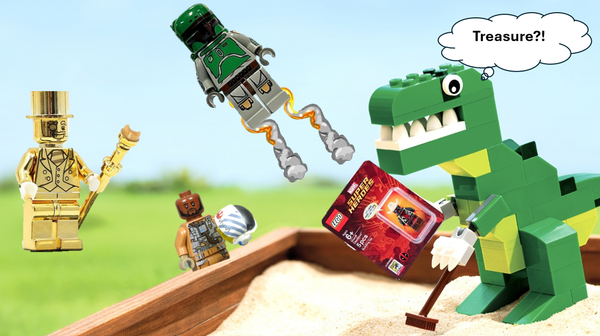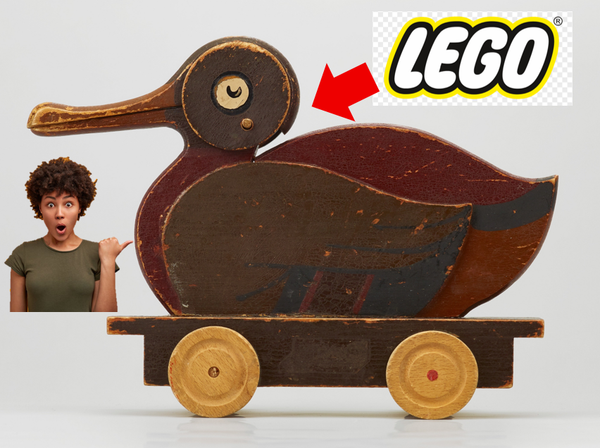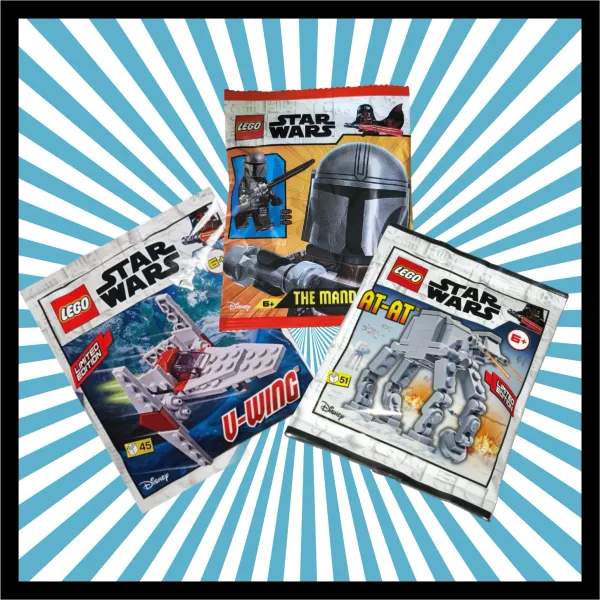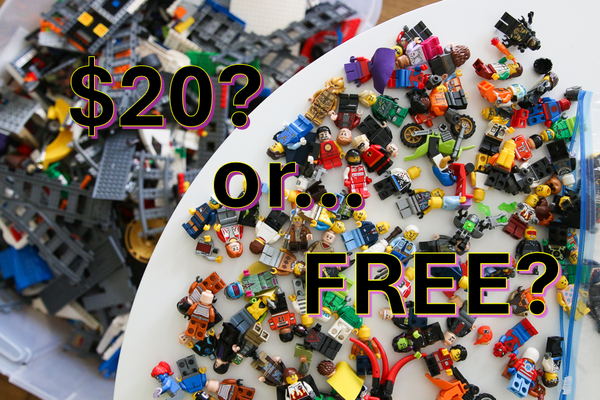The Evolution of Lego Minifigures
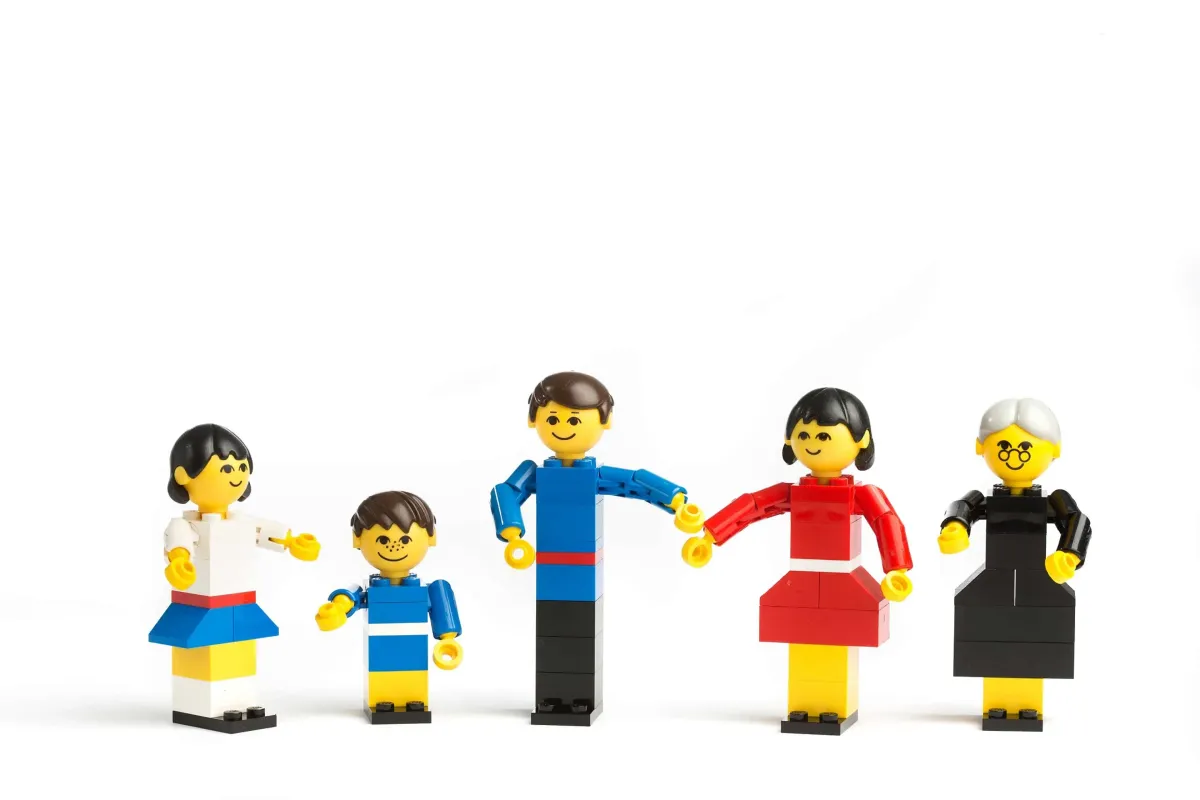
The Humble Beginnings
You know what’s wild? The Lego minifigure we all love didn’t actually exist until 1978. Before that, LEGO used these awkward, static “building figures” that looked like they were auditioning for a stop-motion disaster film, almost like the tragic Mega Blok figures. Then came Jens Nygård Knudsen’s brilliant idea, movable arms, legs, a head that could turn, and that iconic simple yellow smiley face.
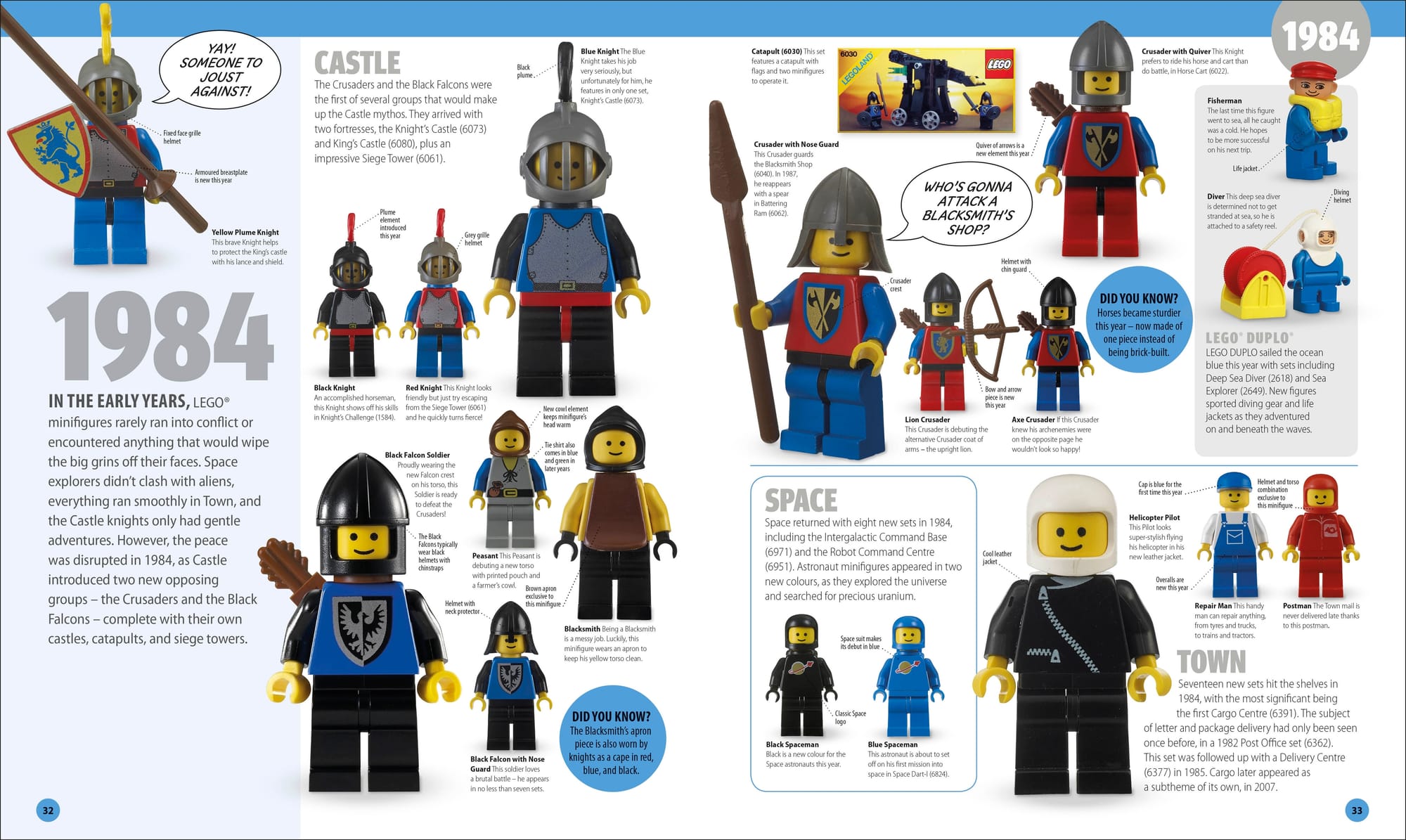
There was no Harry Potter, no Darth Vader, no police officer with a smartphone. Just yellow-faced folks doing castle, space, or town things. And honestly? It was perfect. It let kids imagine anyone behind that smile. It was them, their friend, their favorite character in their favorite universe.
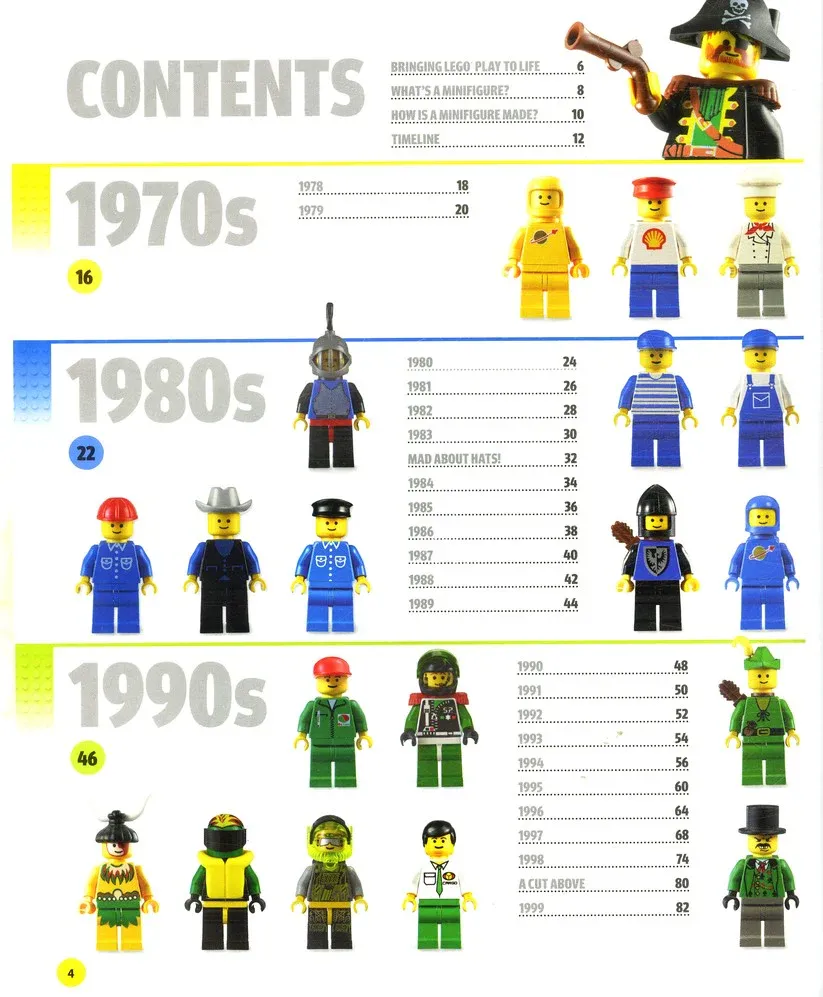
To this day, with all of Lego's innovation, the iconic yellow face makes its way into themes like City, Ninjago, and so much more.
Pirates, Ghosts, and the Birth of Personality
By the late ’80s, Lego started having some fun. The Pirates theme (1989) gave us peg legs, hooks, printed torsos, and even new facial hair molds. These weren’t just “guys in hats” anymore, they had attitude. And what kid was not a fan of a good ol' pirate?

Lego Castle got knights with printed armor, Space added aliens, and all of a sudden, minifigures had character.

Obviously, as time passed, things changed. Minifigures became more detailed, accessories improved, etc. It was the start of what I call the “expression revolution.” Minifigures lost the nostalgia, but kept their value.

The Licensed Era — Enter the Big Names
Then came 1999, and everything changed.

Lego Star Wars dropped, the company’s first major licensed theme, and we got figures like Luke, Vader, and Stormtroopers that looked somewhat like the movies… at least, in a Saturday morning cartoon way. Lets not forget this was still before Lego had added depth to expressions and general details in their figs.

Obviously, this did not stay the case and Star Wars has come a long way, but the transition was quite slow.
However, the game really leveled up in the early 2000s with the launch of Harry Potter and Spider-Man themes. LEGO started experimenting with realistic skin tones and movie-accurate printing. By 2004, characters in licensed sets had actual human colors instead of universal yellow.

Let's not hate on those silly expressions though, nostalgic or not. Compare 2001 Harry Potter (simple black hair, dot eyes) to 2024 Harry Potter (detailed robes, dual-sided faces, textured hair mould). It’s night and day.

Everyday Heroes
Let’s not forget City, Lego’s heart and soul since the ’70s. A non-licensed themed, but a king all the way through. These figs have stayed yellow, but they’ve evolved big time: updated uniforms, smartphones, new hair colors, and more diverse character roles.

You’ve got everything from firefighters with realistic gear to pizza delivery drivers and wildlife photographers. Let's not forget the detailed facial hair, dimples, double-sided expressions, and so much more!
What’s cool is that Lego gradually started including more female minifigs, different ages (new molds for babies), and even a wheelchair user in 2016. That inclusivity push might not be flashy to many, but it’s one of the best evolutions the company has made.

The Detail Era
If you pick up a new minifigure today say, from a Star Wars UCS, Marvel, or Lord of the Rings set, you’ll notice it immediately:
- Dual-moulded arms and legs
- Toe printing
- Tiny utility belts
- Hyper-accurate accessories
- Side-leg printing
- Back printing
... and so much more! These things are basically micro-works of art now. Even faces are more expressive, dual-sided heads, smirks, scars, eyebrows, even subtle smiles depending on the scene a minifigure may be representing.
But here’s the kicker, the old minifigs still work perfectly with new ones. That’s Lego magic right there. Forty-plus years later, total compatibility.

Nostalgia vs. New School
Here’s where the collector brain kicks in. Old-school figs mean pure nostalgia. That blank smile, the rough printing, its childhood in 4 cm of plastic. New-school figs? Art pieces. They’re accurate, detailed, sometimes even display-worthy.
And honestly, both camps are right. There’s beauty in the simplicity of the old, and brilliance in the complexity of the new.
My take?
I like my sets built and displayed, so I tend to prefer the modern detail, but I’ll never trade away the charm of those ’90s figs. They’re what started it all. Find a good deal? I’ll travel to get it before you can say “Lego!”
Final Thoughts
The Lego minifigure really has evolved from a smiling yellow nobody into a storytelling powerhouse. It’s grown with the fans, from imaginative play to detailed display, from everyman to icon. Times have changed, but Lego has not.
So whether you love the charm of the past or the polish of the present, there’s no wrong Lego to love.
After all, every brick, and every figure, has its story.


